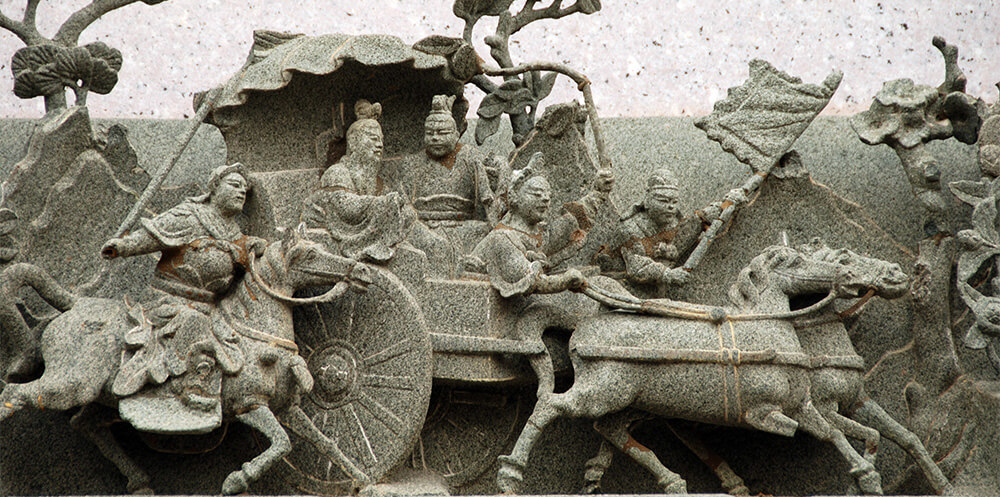This post may contain Amazon Affiliate links for which I may receive compensation.
When we visited Gulang Yu, I got really intrigued about the history of China in the middle of the 19th century and the relationship with the Western nations (see Gulang Yu blog post).
Because of the perception that China “had been humiliated” that you constantly read about, when the subject is being discussed here in China, in museums, guides, books, etc. There is not one time where the relationship has been discussed that I have not read the word “humiliation” in the same sentence!
So, a few days later, I decided to ask a local young Chinese about what he had learned about it in school. After all, that young man was born and raised in Xiamen, and Xiamen is one of the 5 Chinese ports which were opened to trade to the West, by the treaty of Nanjing, signed in 1842, after the defeat of China against the British. (The 5 “treaty ports” as they are called were: Amoy [Xiamen], Canton [Guangzhou], Swatow [Shantou], Ningpo [Ningbo], and Shanghai).
The conversation… “What did you learn in school about Xiamen as a trading port occupied by Westerners in the 19th century?“
“I did not learn about it“…”Do you know about the 5 treaty ports, the opium wars, the Western countries wanting to trade with China?“… “No“… “Hummm, what did you cover in your history classes?“… “The long history of China, the dynasties...”… Well, I understand, 2000 years of history is quite an extensive subject.
I was amazed that in the “Dynasties of China” book I read, there was one little chapter to cover 300 years of history… from 1644 to 1912 (the Qing dynasty), a longer history than the whole history of North-America.
Then I asked him: “And what did you learn about Mao Tze Tung?“… silence… Hmmm, either he did not hear me (doubtful) or did not understand me (possible), or it was one of those ignored questions when Chinese people will just ignore that you asked a question, or answer off-subject, rather than answer a question they just don’t want to answer… Interesting…

